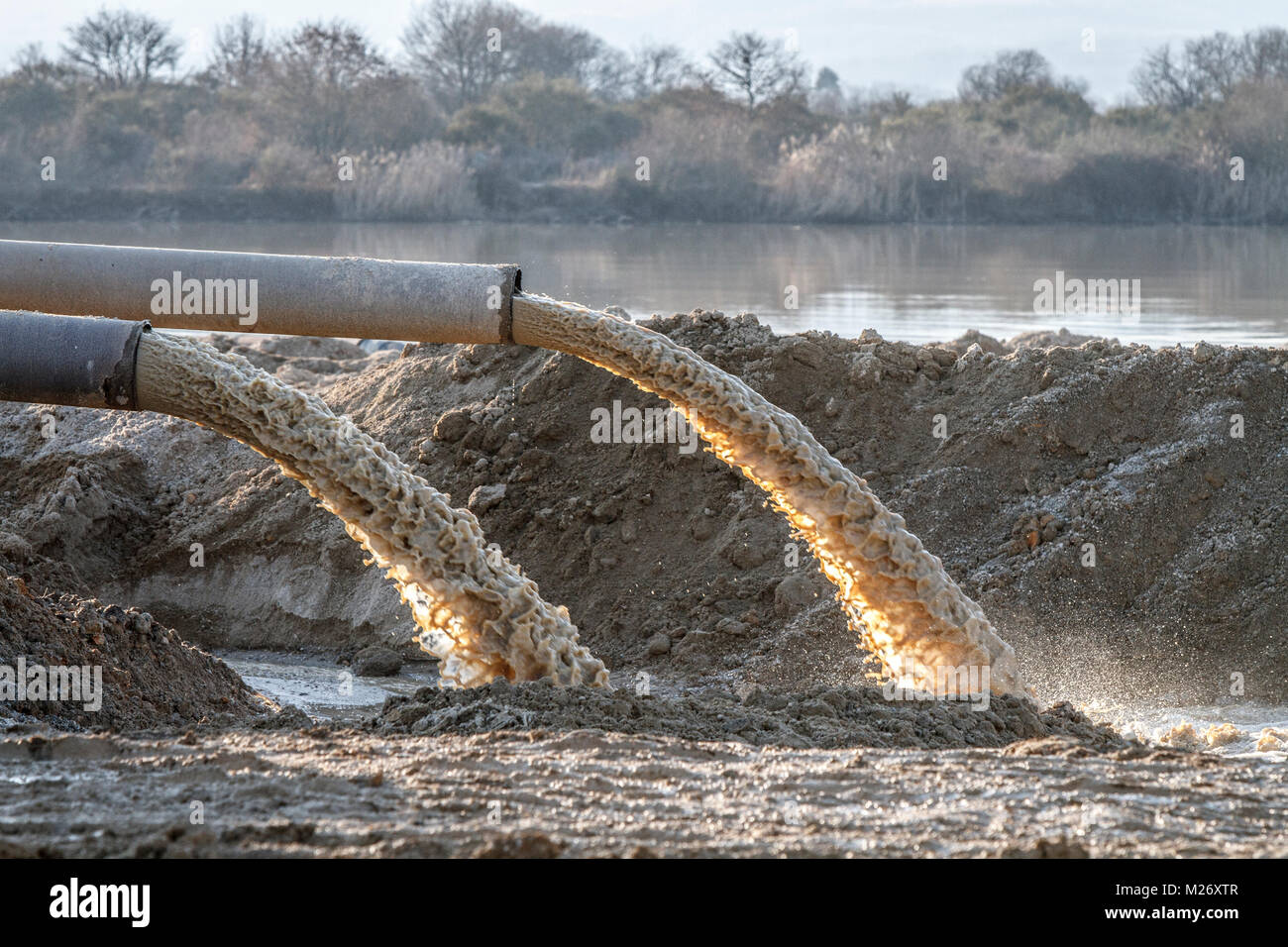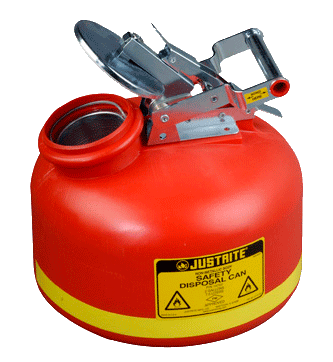Leading Industrial Wastewater Treatment Solutions: Guaranteeing Compliance and Efficiency
Leading Industrial Wastewater Treatment Solutions: Guaranteeing Compliance and Efficiency
Blog Article
Just How Liquid Garbage Disposal Works: A Comprehensive Overview of Strategies and Technologies Used

Review of Liquid Waste Kind
The complexity of liquid waste types necessitates a thorough understanding of their attributes and ramifications for disposal. Liquid waste can broadly be categorized into a number of types, including industrial, metropolitan, farming, and harmful waste. Each group shows unique residential properties, needing particular management techniques to mitigate ecological and wellness dangers.
Industrial fluid waste stems from making procedures and typically includes a series of impurities, such as hefty metals, solvents, and organic substances. Local fluid waste, mainly comprising wastewater from households and business establishments, consists of natural issue, nutrients, and microorganisms (industrial wastewater treatment). Agricultural liquid waste, consisting of runoff from ranches, may contain plant foods, pesticides, and pet waste, posturing threats to water high quality and communities
Harmful fluid waste is characterized by its toxicity, reactivity, or possible to cause harm. Comprehending these varied fluid waste kinds is important for creating reliable disposal methods and guaranteeing compliance with ecological regulations.
Physical Treatment Techniques

Testing is the first action, where bigger bits and debris are eliminated from the fluid waste making use of screens or grates. This process shields downstream tools from damage and guarantees smoother operation. Complying with screening, sedimentation utilizes gravitational pressure to different solids from liquids. In sedimentation containers, heavier fragments clear up at the bottom, forming a sludge layer, while the clarified liquid can be additional treated.
Filtering is an additional essential approach that includes passing the fluid with porous products, such as sand or membranes, to capture smaller sized bits. This action improves the top quality of the fluid, making it appropriate for succeeding treatment procedures.

Chemical Treatment Techniques
Chemical therapy techniques are essential for successfully managing fluid waste, particularly in attending to dissolved and colloidal impurities that physical techniques might not sufficiently get rid of. These techniques make use of numerous chemical agents to counteract, precipitate, or change dangerous materials right into much less hazardous kinds.
One common technique is coagulation and flocculation, where chemicals such as alum or ferric chloride are included in advertise the aggregation of put on hold particles. This process boosts sedimentation, allowing for simpler removal of the resulting sludge. Furthermore, oxidation procedures, using representatives like chlorine or ozone, are employed to break down complicated natural compounds and microorganisms, making the waste more secure for discharge or more treatment.
Neutralization is another essential technique, which changes the pH of acidic or alkaline waste streams to neutral degrees, protecting against possible harm to downstream systems and the environment. Moreover, progressed oxidation procedures (AOPs) make use of mixes of oxidants and ultraviolet light to degrade persistent pollutants, accomplishing a higher level of treatment effectiveness.
Biological Treatment Procedures
Biological treatment processes play a vital duty in the monitoring of fluid waste by making use of microbes to decompose organic matter and decrease impurity degrees. These procedures can be generally classified into anaerobic and aerobic treatments, each using details microbial areas to attain efficient waste deterioration.
Cardiovascular treatment involves making use of oxygen to promote the failure of natural products by bacteria. This process is generally applied in triggered sludge systems, where aeration tanks provide a helpful atmosphere for microbial growth, leading to the oxidation of natural contaminants. The resultant biomass can be separated from dealt with effluent with sedimentation.
On the other hand, anaerobic therapy happens in the absence of oxygen, relying on various germs to break down natural matter. This approach is especially advantageous for high-strength waste, as it creates biogas, a sustainable energy resource, while decreasing sludge manufacturing. Technologies such as anaerobic digesters are frequently used in local and industrial applications.
Both cardio and anaerobic organic therapies not only minimize the ecological impact of fluid waste yet likewise promote resource recuperation, making them necessary components of sustainable waste management methods. Their efficiency, flexibility, and have a peek at these guys efficiency support their prevalent application across different fields.
Emerging Technologies in Disposal
Innovative techniques to fluid garbage disposal are here are the findings rapidly developing, driven by advancements in innovation and a raising focus on sustainability. Amongst these arising innovations, membrane bioreactors (MBRs) have actually gotten grip for their capacity to combine biological treatment with membrane filtering, leading to high-grade effluent that can be recycled in numerous applications. MBRs enable smaller footprints and much more effective operations compared to typical systems.
An additional appealing development is the use of anaerobic digestion integrated with nutrient healing modern technologies, which not just deals with fluid waste however additionally creates biogas and recoups beneficial nutrients like nitrogen and phosphorus. This twin advantage improves resource effectiveness and decreases environmental impact.
Additionally, progressed oxidation procedures (AOPs) are being embraced for the deterioration of complicated organic pollutants. These approaches make use of powerful oxidants and catalysts to break down impurities at the molecular degree, providing a highly effective option for difficult waste streams.
Furthermore, the integration of link artificial knowledge and maker knowing in waste management systems is optimizing functional effectiveness and predictive upkeep, resulting in reduced prices and boosted environmental conformity. These innovations reflect a substantial shift towards even more lasting and reliable liquid waste disposal techniques.
Conclusion
Finally, reliable liquid garbage disposal requires a comprehensive understanding of numerous techniques and innovations. The assimilation of physical, chemical, and biological treatment techniques makes sure the efficient monitoring of varied waste types. Furthermore, the appearance of ingenious innovations improves treatment efficiency and promotes sustainability in waste administration techniques. By continuously advancing these methodologies, it ends up being possible to resolve the growing difficulties related to liquid waste, eventually adding to environmental security and source recuperation.
Liquid waste disposal is a vital element of ecological monitoring, calling for a thorough understanding of numerous strategies and modern technologies customized to different waste kinds. Fluid waste can extensively be classified into a number of types, including industrial, municipal, farming, and hazardous waste. Agricultural liquid waste, including drainage from ranches, might have plant foods, pesticides, and pet waste, posing threats to water top quality and ecosystems.
Numerous physical therapy approaches play a critical role in taking care of fluid waste successfully - industrial wastewater treatment.In final thought, effective liquid waste disposal necessitates a comprehensive understanding of numerous strategies and innovations
Report this page